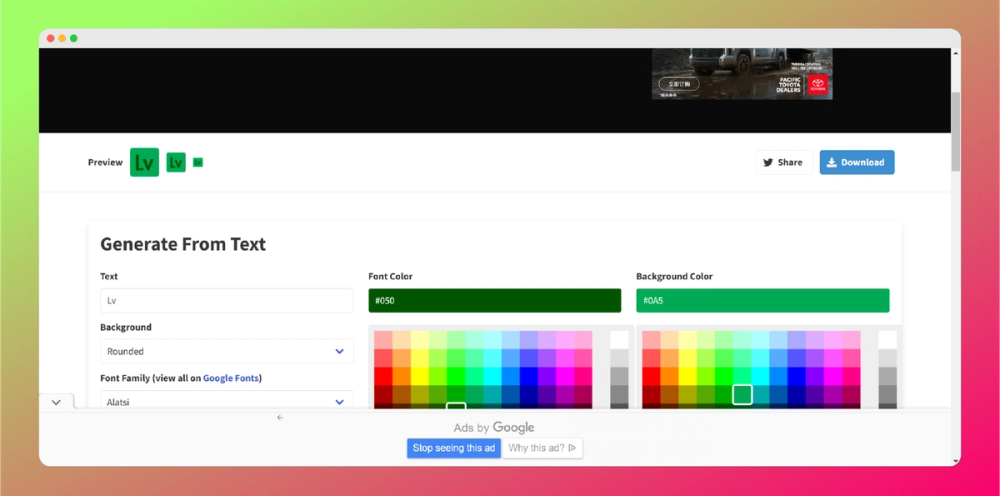ChatGPT
ChatGPT is an AI-powered conversational agent developed by OpenAI, based on the advanced GPT (Generative Pre-trained Transformer) architecture. It leverages machine learning and natural language processing to generate human-like responses in real-time, making it versatile for a wide range of applications.
Key Features
- Natural Conversations: Provides coherent, context-aware responses in natural language, making interactions feel human-like.
- Versatile Applications: Can assist with tasks like writing, coding, translating, brainstorming ideas, and learning new topics.
- Customization: Supports tailored interactions through fine-tuning and adaptable contexts.
How It Works
- ChatGPT uses large-scale language models trained on diverse datasets to understand and generate text.
- It predicts the most relevant response based on the input prompt, adapting to conversational flow and tone.
Applications
- Customer Support: Automating responses to frequently asked questions.
- Education: Helping users learn new topics or languages.
- Content Creation: Drafting emails, articles, or creative writing.
- Programming: Debugging, writing, or explaining code.
Accessibility
- Available Platforms: Can be accessed via web, apps, or integrated into other platforms through APIs.
- Language Support: Handles multiple languages, expanding its usability worldwide.
Limitations
While highly advanced, ChatGPT can sometimes provide incorrect or nonsensical answers, struggle with highly specific or niche topics, or lack real-time updates unless connected to the web.
Evolution
From early versions like GPT-2 to the current GPT-4, ChatGPT continues to improve in understanding context, reducing biases, and delivering higher-quality responses.
ChatGPT’s adaptability and ease of use make it a powerful tool for personal and professional tasks, helping users save time and improve productivity.




